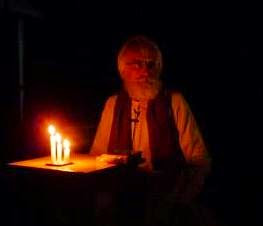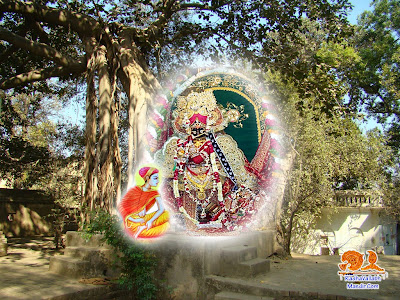What did I learn from Yoga-tarangini?

There is, of course, much more to the story, but we will leave it for here and I will conclude by giving a summary of the contents of my first lecture on Yoga-taraṅgiṇī . The GS course in yoga starts with a lesson in anatomy. This is something that needs to be learned as the beginning of the yoga journey inwards begins with an internal inspection of the physical body, which especially in later Nath Yoga texts is seen as the microcosm, where everything found in the universe can be found. The later Nath Yoga texts like Siddha-siddhänta-paddhati take this quite seriously and have a series of meditations on these correspondences. Nowadays research into yoga by the empirical method is being given increasing favor, and this means that the yogis' understanding of the body as viewed from within is not given anything more than arcane importance, without much scientific or objective value. But thousands of years of investigation through practice should not be minimized or discounted. Su


